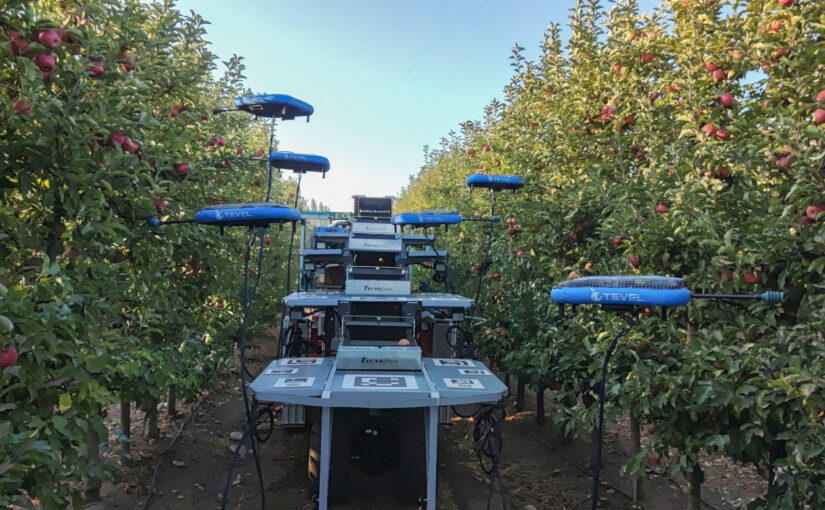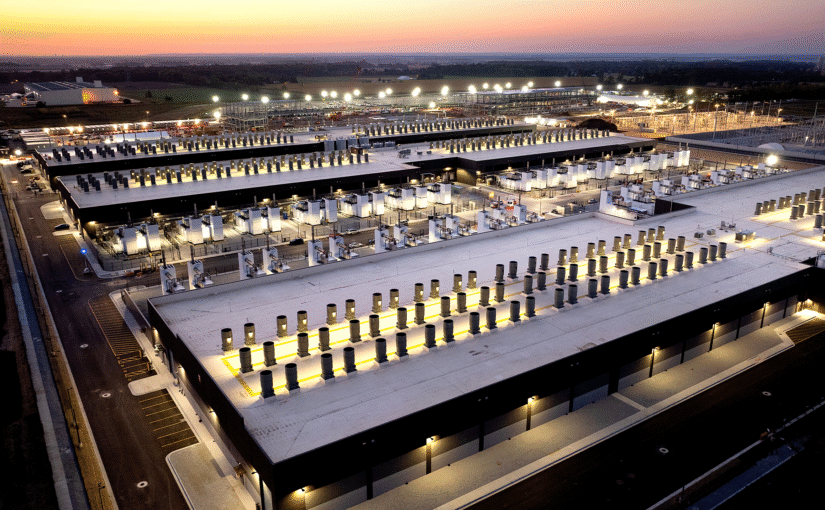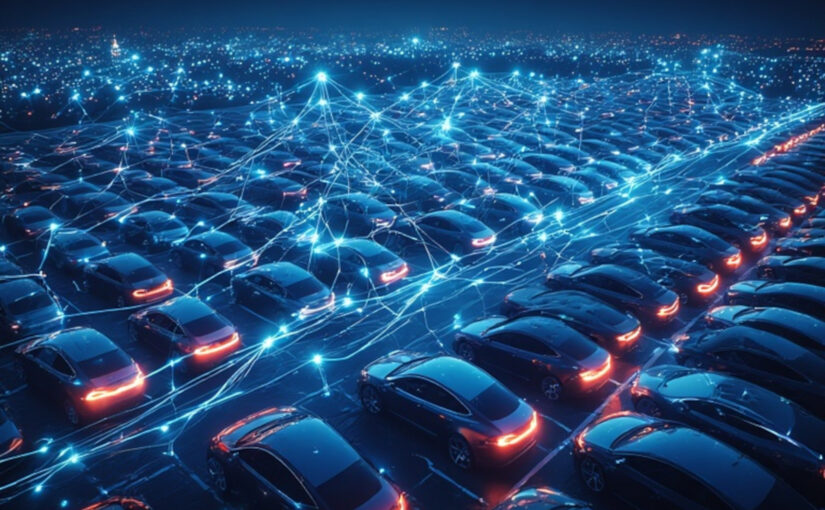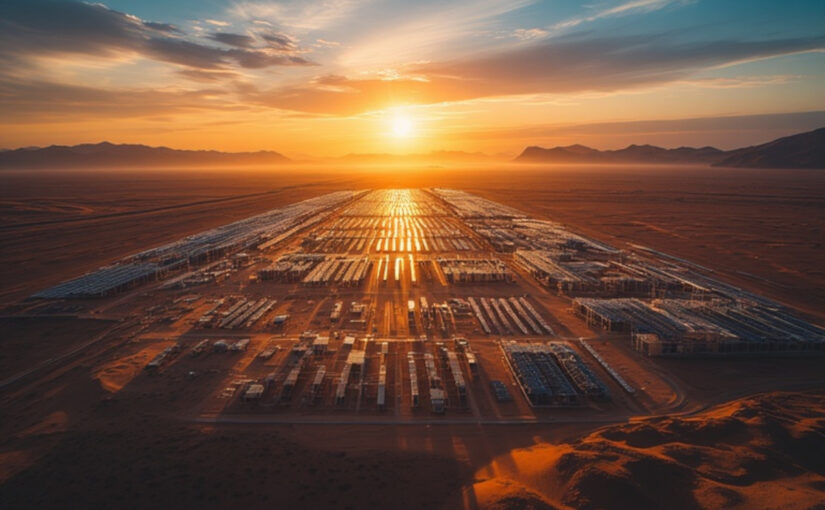The roar of a V6 hybrid engine echoes through the circuits of Le Mans, its thunder now fused with the invisible hum of blockchain ledgers that secure ownership in a split second. Ferrari, the epitome of Italian engineering and speed since 1947, has long pushed boundaries with relentless innovation. In a bold pivot, the Prancing Horse harnesses blockchain technology through a groundbreaking partnership with Italian fintech Conio. This collaboration introduces blockchain-based tokens, smart contracts, and NFTs, transforming the ownership and experience of two iconic vehicles: the Le Mans-conquering 499P and the fully digital NFT F76 hypercar. As blockchain leaps from cryptocurrency exchanges into the garage of luxury autos, Ferrari positions itself as the trailblazer, merging century-old craftsmanship with cutting-edge digital protocols.
Continue reading Revving Up the Digital RevolutionMonth: October 2025
2026: The Stablecoin Showdown Reshaping Global Finance
As we edge toward 2026, the world of digital currencies stands at a crossroads. Two seismic announcements, dropping just hours apart, signal a new era where stablecoins evolve from niche crypto tools into geopolitical weapons. Western Union, the century-old remittance giant, unveiled plans for its USDPT stablecoin on the Solana blockchain, targeting faster, cheaper global transfers for its 100 million users. Simultaneously, Japan’s JPYC Inc. launched a yen-pegged stablecoin, fully regulated and backed by local assets, aiming to digitize a cash-heavy economy and bolster Asian trade. These moves underscore a broader shift: stablecoins are no longer just about efficiency; they are instruments for asserting economic dominance in a blockchain-powered future.
Continue reading 2026: The Stablecoin Showdown Reshaping Global FinanceFlying into the Future: How Israeli Drones Are Revolutionizing Fruit Harvesting
Agriculture has long been a tale of human ingenuity meeting nature’s demands. From the wooden plows of ancient farmers to the steam-powered tractors of the Industrial Revolution, each era has seen tools evolve to ease the backbreaking labor of tending crops. Yet today, a perfect storm of global challenges threatens this balance. Seasonal fruit picking faces acute labor shortages, worsened by COVID-19 travel restrictions that stranded migrant workers and left orchards heavy with unpicked produce. In places like the United States and Europe, up to 10 percent of fruit rots on trees annually due to a lack of hands, costing farmers billions and disrupting food supply chains . Enter Israeli innovation: Tevel Aerobotics Technologies’ Flying Autonomous Robots (FARs), AI-powered drones that promise to harvest fruit with precision and without fatigue. This technology not only addresses immediate crises but also heralds a new chapter in farm tech, where robots complement the human spirit that has always defined farming .
Continue reading Flying into the Future: How Israeli Drones Are Revolutionizing Fruit HarvestingFrom Cornfields to Compute Powerhouse: Project Rainier Transforms Indiana into an AI Frontier
A Year of Radical Reinvention
Just over a year ago, the landscape near South Bend, Indiana, was a sea of golden cornfields swaying under Midwestern skies. Local farmers tended to their crops, and the hum of tractors was the loudest sound breaking the rural calm. Today, that same site pulses with the quiet roar of innovation: a sprawling data center that stands as one of the United States’ most pivotal hubs for artificial intelligence. This facility powers Project Rainier, a monumental AI compute cluster developed in partnership with AnthropicAI. The transformation did not happen by accident. It reflects a deliberate push by Amazon Web Services (AWS) to anchor cutting-edge technology in unexpected places, turning agricultural heartland into a cornerstone of global tech infrastructure.
Continue reading From Cornfields to Compute Powerhouse: Project Rainier Transforms Indiana into an AI FrontierElon Musk’s “Bored” Cars: The Rise of Tesla’s Distributed AI Fleet?
In the whirlwind of Tesla’s Q3 Earnings Call, Elon Musk dropped a concept that feels straight out of science fiction. Amid discussions on revenue, robotaxis, and the usual suspects, he mused about idle Tesla vehicles moonlighting as AI powerhouses. His words capture the offhand brilliance that defines him: “Actually, one of the things I thought, if we’ve got all these cars that maybe are bored, while they’re sort of, if they are bored, we could actually have a giant distributed inference fleet and say, if they’re not actively driving, let’s just have a giant distributed inference fleet. At some point, if you’ve got tens of millions of cars in the fleet, or maybe at some point 100 million cars in the fleet, and let’s say they had at that point, I don’t know, a kilowatt of inference capability, of high-performance inference capability, that’s 100 gigawatts of inference distributed with power and cooling taken, with cooling and power conversion taken care of. That seems like a pretty significant asset.”
Continue reading Elon Musk’s “Bored” Cars: The Rise of Tesla’s Distributed AI Fleet?Tesla’s New Solar + Powerwall Lease: A Game-Changer for US Households
Powering homes with clean, renewable energy has long meant facing a hefty upfront bill that deterred countless families from adopting solar. On October 2, 2025, Elon Musk and Tesla Energy shattered that barrier by announcing a groundbreaking leasing program for solar panels and Powerwall batteries. This Tesla solar lease 2025 initiative revives a model Tesla had sidelined in favor of outright sales and loans, aiming to make affordable solar energy USA a household norm by slashing barriers and bundling in comprehensive support. As utility bills climb and climate concerns mount, this move could turbocharge solar adoption, empowering middle-income families to embrace energy independence.
Continue reading Tesla’s New Solar + Powerwall Lease: A Game-Changer for US HouseholdsMachines Mimic Masters: Why AI Outshines MFA Grads at Stealing Literary Voices
You feed a prompt into an AI like Grok or Claude. “Write a short story in the style of Ernest Hemingway about a fisherman in the Gulf Stream.” A crisp paragraph emerges, built from taut sentences and clipped verbs. The sea rolls like a big hill under a boat that smells of bait and regret. The rhythm punches like a left hook. Understatement hangs heavy with unspoken loss. In an MFA workshop at Iowa or Columbia, a student fresh from dissecting The Old Man and the Sea takes a crack at it. Their version bloats with adjectives, self-conscious flourishes, and a therapy-session vibe that Hemingway would have dismissed as “pretty but useless.” The AI nails the iceberg theory in seconds. The student drowns in exposition.
Continue reading Machines Mimic Masters: Why AI Outshines MFA Grads at Stealing Literary VoicesCalifornia’s Battery Boom: Powering the Golden State’s Green Revolution
In the sun-drenched landscapes of California, a quiet revolution is unfolding. The state, long a pioneer in renewable energy, has ramped up its commitment to battery energy storage systems with investments approaching $10 billion over the next decade. This surge comes amid ambitious goals to achieve 100% clean electricity by 2045, driven by policies like the California Energy Commission’s strategic plans and federal incentives from the Inflation Reduction Act. Recent announcements highlight multi-gigawatt-hour projects funded through public-private partnerships, underscoring a shift from fossil fuel reliance to a resilient, renewable-powered grid. As wildfires intensify and climate demands grow, these batteries promise to store excess solar and wind power, releasing it when the sun sets or winds calm. California’s bet on storage is not just about energy; it is a blueprint for sustainable progress in a warming world.
Continue reading California’s Battery Boom: Powering the Golden State’s Green RevolutionIs the AI Bubble Finally Deflating? A Look at the Latest Data
The last two years delivered an AI sugar rush, with splashy demos and boardroom pressure to “get something into production” fast, only to collide with a sobering reality: productivity wins are inconsistent and the human oversight bill is steep. Multiple studies now suggest that the initial promise of easy gains is giving way to concerns about accuracy, governance, and cost control, prompting a visible reassessment across enterprises and academia alike.
Continue reading Is the AI Bubble Finally Deflating? A Look at the Latest DataAI’s Wikipedia Rescue Gone Wrong: Fueling a Misinformation Vortex for Dying Languages
AI-powered tools have unlocked Wikipedia’s vast knowledge trove for every tongue, even those spoken by mere thousands across remote Arctic outposts and Pacific islands. Large language models drive automated translation systems that have surged content volume in endangered dialects, turning a once-sparse digital presence into a sprawling archive. This noble push to democratize information now uncovers a shadowed flaw. Rapid expansion ignites a vicious cycle known as the “doom spiral,” where error-laden machine-generated articles embed deeply into digital ecosystems, birthing waves of even more defective material. Non-speakers pour AI-translated text into Wikipedia editions, letting inaccuracies cascade and imperil the survival of these fragile languages.
Continue reading AI’s Wikipedia Rescue Gone Wrong: Fueling a Misinformation Vortex for Dying Languages








